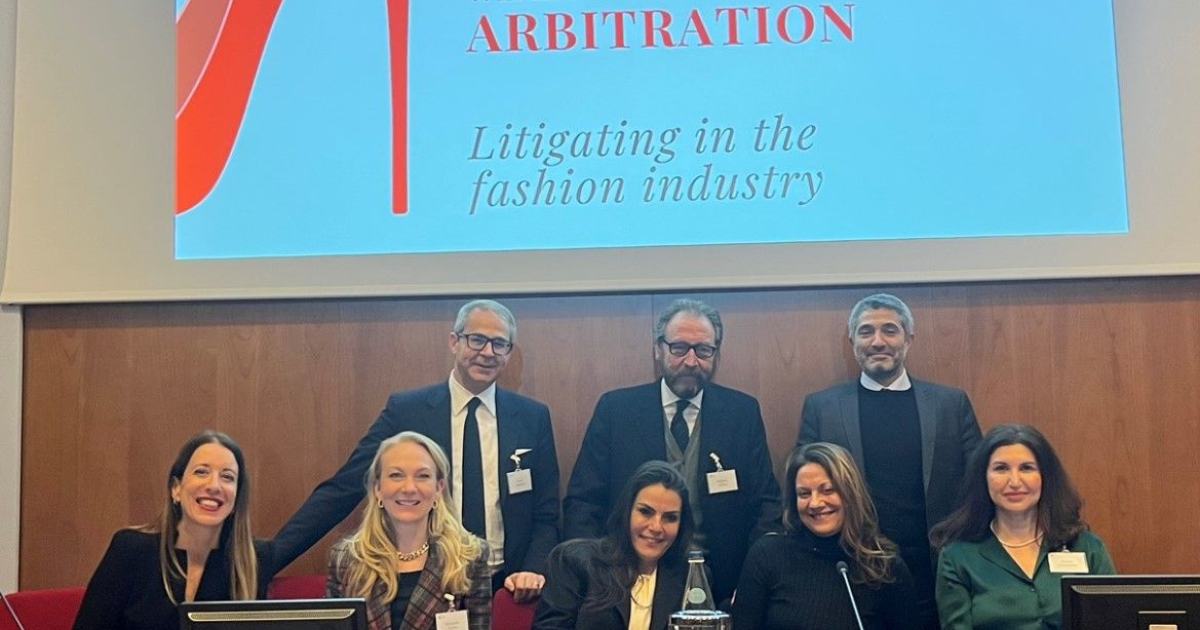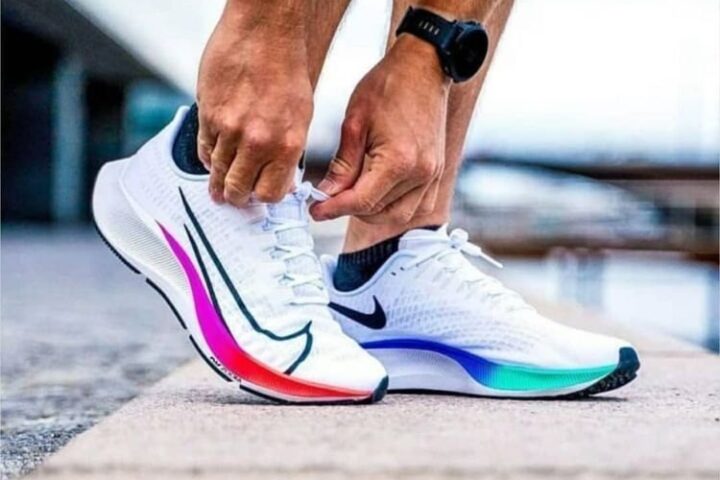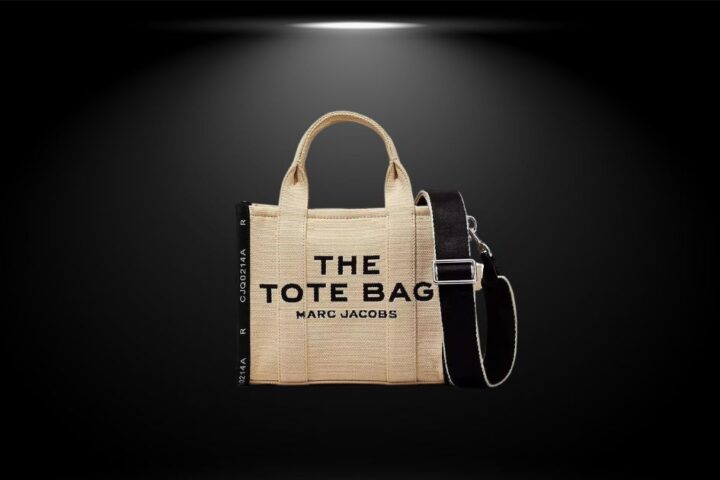Milan Chamber of Arbitration organised their 13th Annual Conference on theme ‘Devil wears Arbitration: Litigating in the Fashion Industry’. In the last few years, fashion disputes have risen and it is now clear that it is important to focus on the specific sector of fashion luxury market. Milan is the core capital of fashion. In particular the fashion turnover of the country is over 86 billions and over 50% is concentrated in Milan. According to the Camera Arbitrale, Milan is always trying to explore and specialise, also in arbitration matters (starting from IP and so on). With this Conference, CAM wants to explore the potentiality of arbitration in fashion and how arbitration could be a new resource for fashion law.
Anuj Kumar, Founder & Editor-in-chief at Fashion Law Journal on behalf of the organisation lauds the initiative of CAM for choosing this topic with a great panel of experts. The speakers from industry shared their practical experiences and insights with the participants. Here’s the summary of Conference sessions:
I session: Litigating in the fashion industry: why arbitration is a good idea? With Luca Chiama (Legal Director, Prada Group) and Elisabeth Vestin (Partner, Hannes Snellman)
The fashion industry has an international scope so it is frequent to face cross-border disputes. That’s why most of the contracts, in fashion, are standardised, so the clauses affixed are almost the same. In addition, fashion is always moving: brands are constantly embracing new opportunities, taking advantage of digitalization, metaverse, NFTs… and this makes so important to find flexible solutions. In particular in fashion luxury business, brand reputation and image are really important, so confidentiality becomes a plus.
According to Elisabeth Vestin, internationalisation in the fashion sector doesn’t came at the beginning, but it is a process and this means it takes time. Fashion has always been focused on the products (clothes, accessories, etc), but now fashion is expanding: restaurants, venues etc. Therefore fashion has grown a lot. What is really important is the message, the prestige, the exclusivity. Regarding fashion law, it is principally about IP: it works with the brand, with creators, and for the products. But, actually, it is so much more than that. As a legal you have to face with supply chain (that could be in-house – for largest businesses – or in other countries – for the smallest-), reselling, digitalization, service providers, etc. This evolution involves the enlargement of different fashion law areas, not only the IP one.
Luca Chiama, from Prada, says that it is important to know what kind of relationship a legal has to regulate and in which type of sector. The luxury industry has specific characteristics, totally different from any other. So you have to think: “What is the interest you want to protect? Do you need a confidentiality clause? Etc” That’s how you can decide the clauses in different types of contracts. By the way it is difficult to standardise all the clauses, because every agreement is different. In every contract and every arbitration it is possible to cover the strongest position or the weakest one and that’s why you have to consider the counterpart rights and duties.
Arbitration could be a good opportunity, also for smaller brands, because it is super effective and rapid. Frequently, arbitration clauses are not included because of procedural costs. However, if we consider the duration of a court proceedings and its cost in the long time, arbitration becomes the best solution.
II session: Most common topics between trademark issues and distribution agreements: can arbitration be a good mechanism for resolving such disputes? With Ghada Qaisi (Audi International arbitrator) and Erika Levin (Partner, Fox Rothschild)
In fashion distribution contracts, a lawyer has to manage risks relying on contractual law and mandatory law. The most important thing, in international distribution contracts, is to protect the brand: that’s what makes fashion luxury industry different from any other. It is fundamental to minimize impacts and effects on the client’s products.
So whether you are an in-house lawyer or not, the aim is to balance the relationship between the brand and the distributor, understanding the other part, for example in the determination of non- waiver clauses.
In any case it is fundamental to enter in detail and deeply know the process. If you know the distribution, the season sale, etc you can judge in a proper way, otherwise you risk being superficial. Every distribution contract or agreement has to be decided by in house counsel with all company details, respecting the interest of the brand.
Most of the disputes, in fashion luxury sector, concern distribution contracts, rather than supply chain. That’s because, with a distribution contract, you are giving your products and your brand to another entity, which is often on the other side of the world. This makes very difficult to define the applicable law and the law coordination. Because of this the most important resource becomes the comparative law, combined with tolerance approach. Anyway, arbitration is a really good tool in fashion, being able to be used for any area, not only distribution.
III session: The future of litigation: NFTs and metaverse with Jalal El Ahdab (Partner, Bird & Bird) and Beatrice Grifoni (Design, Communication and IP Legal Director, Valentino)
First of all the session starts with the definition of metaverse and NFTs. Metaverse is a massively scaled and interoperable network of a real time rendered 3D virtual words, which can be experienced synchronously and persistently by an effectively unlimited number of users. NFTs are cryptographic assets: they are digital media but also certificates (i.e. intelligent contracts).
The importance and the particularity of those ones, is that it is possible to convert NFTs into physical products, within a certain period of time. Anyway NTFs are much more expensive than physical products, so this makes the transformation not so attractive.
Users have two options: buy on the primary market or resell in the second market. On the primary market they can just buy an NFT or they can buy an NFT, having the chance to get the related physical item. This means the company makes money from the purchase of the NFT. On the secondary market the company makes money from the royalties (because the brand always retains the rights related to the NFTs). However, NTFs could be a interesting instrument to authenticate and prevent counterfeiting.
In this digitalization process, there’s another important key: the blockchain. It would be interesting to enforce arbitration to blockchain/metaverse. For example concerning: blockchain service agreement, subcontracts, IP, regulatory issues, etc. So, it is possible to use blockchain/NFTs technology in the dispute resolution process: to manage procedure and evidence in arbitration proceedings; have the possibility to tokenise awards/NFT arbitration award; cybersecurity; confidentiality; efficiency; notification of unidentified person through NFTs. Arbitration through blockchain would be a perfect tool, but it would work only if everything remains anonymous, otherwise the arbitrator couldn’t be really fair.
The conference gave the opportunity to discuss deeply on the fashion arbitration system, in Italy and beyond, exploring the metaverse implications in a fresh and concrete way.
Fashion Law Journal was the Media Partner of the Conference. This conference summary is reported by Camilla Gentile, Editor at Fashion Law Journal










